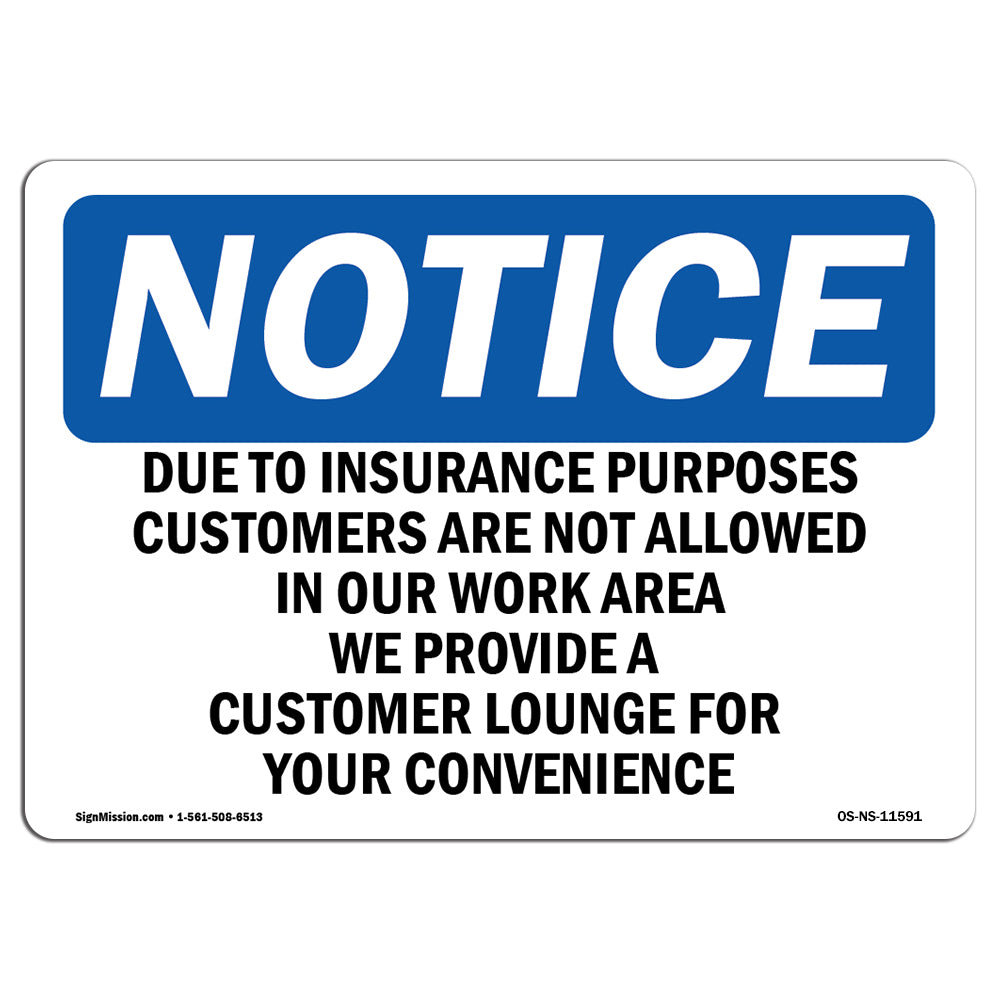Not known Factual Statements About Pacific Prime
Not known Factual Statements About Pacific Prime
Blog Article
Get This Report on Pacific Prime
Table of ContentsSome Ideas on Pacific Prime You Need To KnowThe Best Guide To Pacific Prime5 Easy Facts About Pacific Prime ExplainedSome Known Details About Pacific Prime How Pacific Prime can Save You Time, Stress, and Money.

This is because the information were accumulated for a period of solid economic efficiency. Of the estimated 42 million people that were without insurance, just about about 420,000 (regarding 1 percent) were under 65 years old, the age at which most Americans come to be qualified for Medicare; 32 million were grownups between ages 18 and 65, about 19 percent of all grownups in this age team; and 10 million were children under 18 years old, concerning 13.9 percent of all children (Mills, 2000).
These estimates of the number of individuals without insurance are generated from the annual March Supplement to the Existing Population Survey (CPS), carried out by the Demographics Bureau. Unless or else noted, national quotes of people without medical insurance and percentages of the population with different kinds of protection are based upon the CPS, one of the most commonly made use of source of quotes of insurance policy coverage and uninsurance rates.
Examine This Report on Pacific Prime

Still, the CPS is especially valuable due to the fact that it creates annual estimates relatively quickly, reporting the previous year's insurance policy protection approximates each September, and due to the fact that it is the basis for a constant set of estimates for greater than two decades, permitting analysis of fads in insurance coverage in time. For these reasons, in addition to the considerable use the CPS in other researches of insurance protection that exist in this report, we depend on CPS estimates, with constraints kept in mind.

The estimate of the number of without insurance people increases when a population's insurance status is tracked for numerous years. Over a three-year period beginning early in 1993, 72 million individuals, 29 percent of the united state populace, were without coverage for at the very least one month. Within a solitary year (1994 ), 53 million individuals experienced at least a month without insurance coverage (Bennefield, 1998a)
6 out of every ten uninsured adults are themselves used. Functioning does improve the chance that one and one's family participants will have insurance coverage, it is not a warranty. Even participants of families with 2 full time wage earners have nearly a one-in-ten opportunity of being uninsured (9.1 percent without insurance rate) (Hoffman and Pohl, 2000).
Pacific Prime Can Be Fun For Everyone
New immigrants make up a substantial percentage of individuals without medical insurance. One analysis has connected a substantial part of the current development in the dimension of the U.S. uninsured population to immigrants that got here in the nation in between 1994 and 1998 (Camarota and Edwards, 2000). Recent immigrants (those who involved the USA within the previous 4 years) do have a high price of being uninsured (46 percent), yet they and their youngsters make up simply 6 percent of those without insurance nationally (Holahan et al., 2001).
The relationship between health and wellness insurance coverage and accessibility to care is well established, as documented later in this chapter. The partnership in between wellness insurance coverage and health and wellness outcomes is neither straight neither straightforward, a considerable scientific and wellness solutions research study literary works web links health insurance protection to better accessibility to care, much better quality, and boosted individual and populace health standing.
Degrees of look at these guys analysis for taking a look at the impacts of uninsurance. This discussion of wellness insurance protection focuses mainly on the united state population under age 65 because practically all Americans 65 and older have Medicare or various other public protection. It focuses especially on those without any kind of health and wellness insurance policy for any type of size of time.
Getting The Pacific Prime To Work
The problems faced by the underinsured are in some respects comparable to those faced by the without insurance, although they are typically much less serious. Health and wellness insurance policy, nevertheless, is neither essential nor adequate to obtain access to clinical solutions. The independent and direct result of wellness insurance protection on access to health and wellness solutions is well established.
Others will get the health care they require even without medical insurance, by paying for it expense or seeking it from service providers who use care free or at extremely subsidized rates. For still others, medical insurance alone does not make certain invoice of treatment due to other nonfinancial obstacles, such as an absence of healthcare carriers in their community, limited access to transportation, illiteracy, or linguistic and cultural distinctions.
About Pacific Prime
Formal research about uninsured populations in the USA dates to the late 1920s and early 1930s when the Committee on the Expense of Treatment generated a collection of records concerning financing physician office gos to and hospitalizations. This concern ended up being significant as the numbers of medically indigent climbed throughout the Great Clinical depression.
Report this page